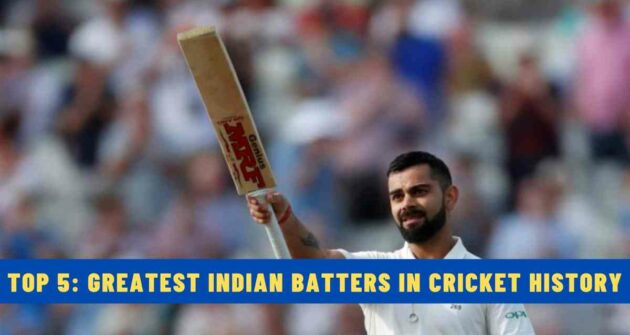While watching a cricket match, you must have noticed a dotted line or a continuous white line marked some distance from the pitch.
That’s the inner circle, best known as the 30-yard circle.
But why is it called the 30-yard circle? And what’s the purpose behind it?
Let’s understand the 30-yard circle marked on cricket fields.
The Inner Circle
The 30-yard circle is applicable to only limited-overs matches, like ODI, T20, T10, or the Hundred. You won’t see the inner circle marked on the field for a Test or First-Class match.
The inner circle is officially known as the fielding restriction circle. 2 semi-circles joined by 2 parallel lines form the fielding restriction circle.
The semi-circles are marked at the 30-yard distance from the middle stump on both ends of the pitch. The semi-circles and parallel lines are drawn with continuous white lines or dots at a 5-yard distance.
If dots are drawn, then they need to be covered with 7 inches of white plastic or rubber discs.
This is the standard fielding restriction circle for every men’s limited-overs cricket match. But when it comes to women’s cricket, the inner circle is marked at 25.15 yards.
Also Read | Powerplays in T20Is – Explained
Why is it called the 30-yard circle?
Well, it derives the name from the distance it is marked at. Since the semi-circles lie 30 yards from both ends, it’s commonly referred to as the 30-yard circle.
What is the purpose of the 30-yard circle?
The purpose of the 30-yard circle is to implement fielding restrictions. The inner circle puts limitations on the fielding side while placing the fielders throughout the match.
This also brings a strategic arc to the game, as captains need to think tactically while positioning the fielders on the field.
Read Next | How to Read a Pitch in Cricket?











